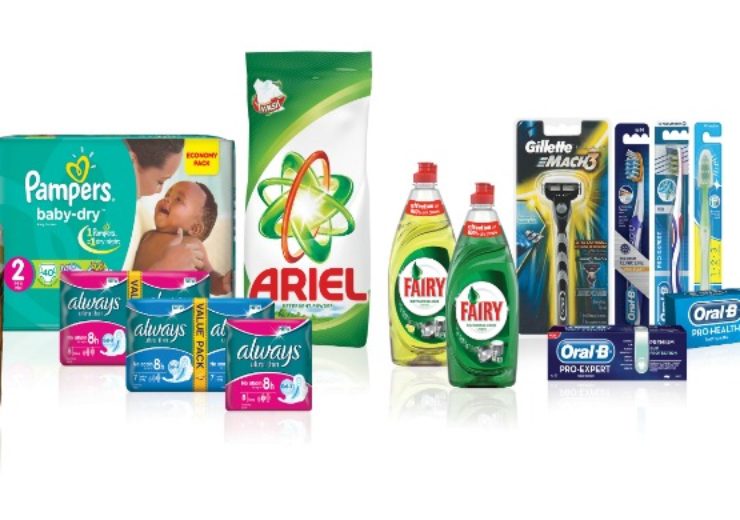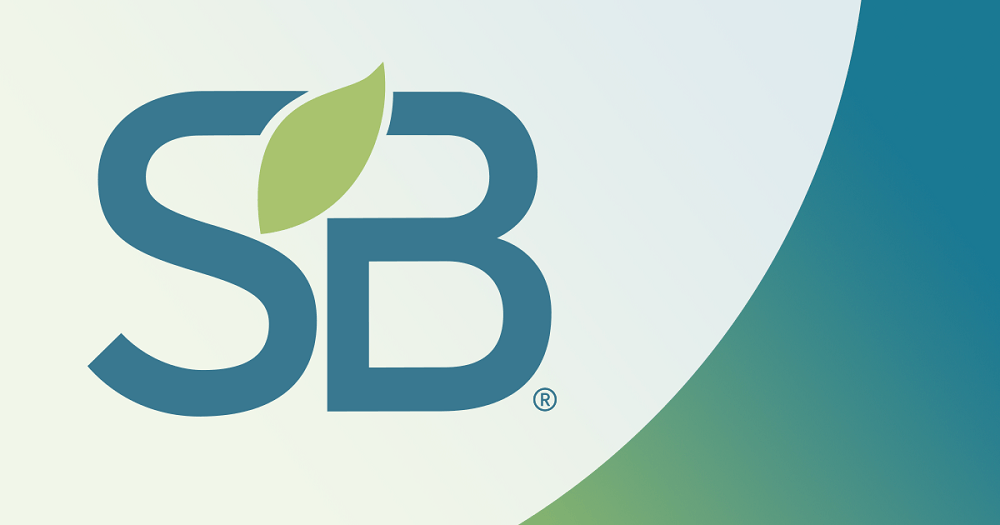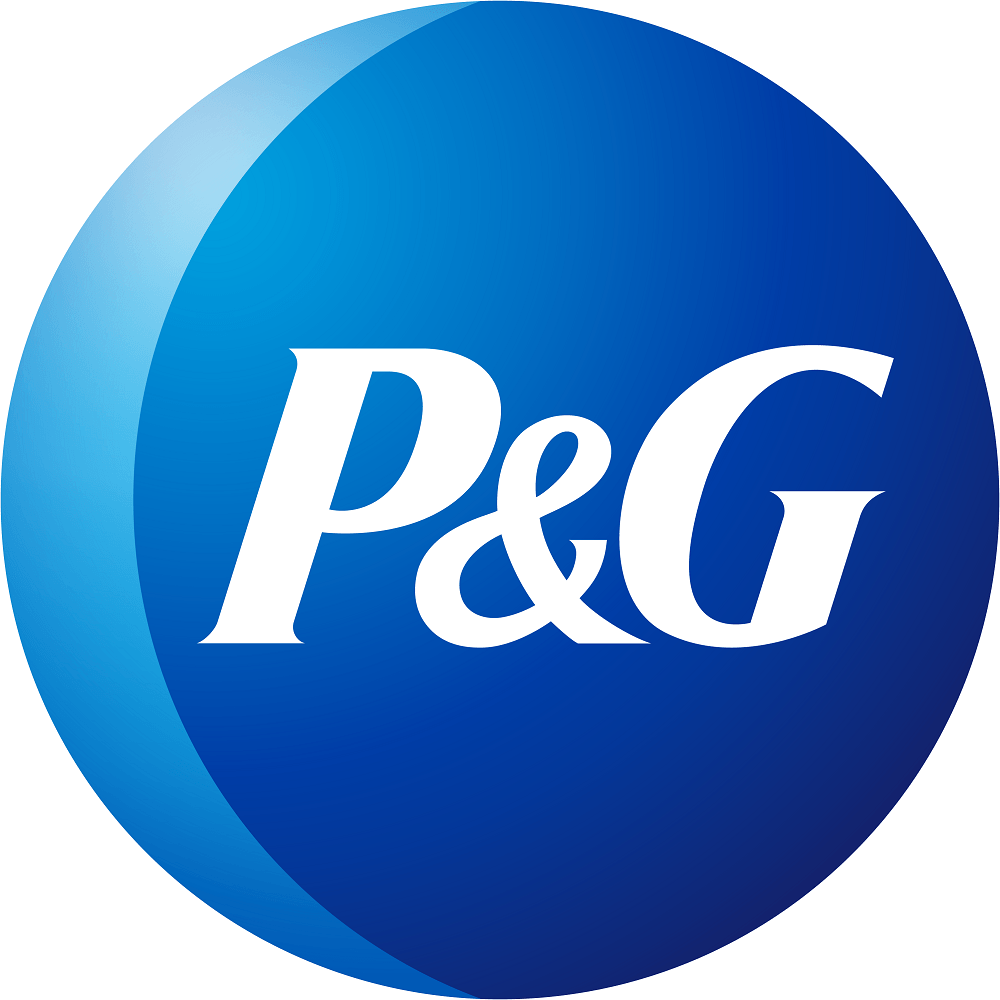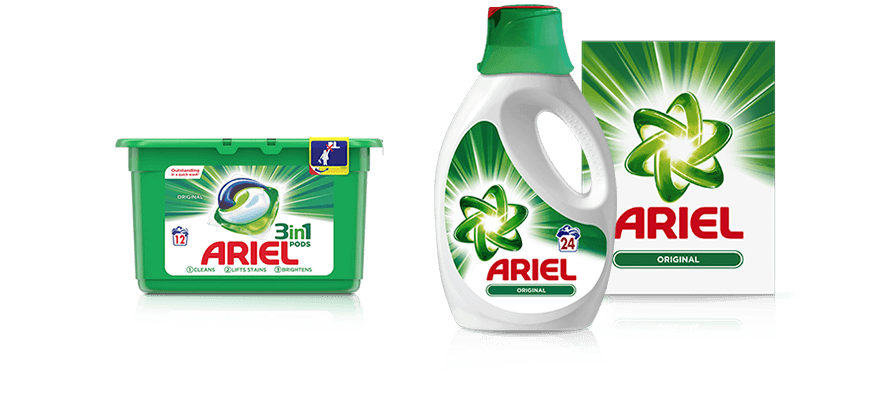Consumer goods multinational P&G has announced it will expand its sustainable packaging programme across all its major brands

Some of the brands that are a part of P&G
Procter & Gamble (P&G) has outlined its sustainability vision, which includes making all the materials it uses either recyclable or reusable by 2030.
The consumer goods multinational also aims to improve sustainability efforts across the branding, supply chain and employment areas of its business.
The announcement was made as part of the firm’s involvement at the Sustainable Brands conference in Paris.
P&G’s chief brand officer Marc Pritchard said: “Consumers are no longer willing to compromise performance for living sustainably.

“They expect brands to take meaningful action in solving some of the most complex challenges facing the world.
“This is why P&G is focused on reinventing marketing to use the reach and voice of our brands as a force for good and a force for growth.
“We want our brands to be growing and creating value while having a measurable, long-term, positive impact on society and the environment.”
P&G’s sustainable packaging targets
P&G wants to make packaging across all its brands either recyclable or reusable by 2030.
The Ohio-headquartered company aims to make what it calls “a meaningful increase” in the development of packaging made from either responsibly-sourced, bio-based, recycled or more resource-efficient materials.

The firm also wants its businesses to put environmental commitments at the heart of their consumer experience, and is in the process of training the leadership teams across its brands on these requirements.
Businesses under the P&G umbrella will also begin reporting on their sustainability progress in the 2019/20 financial year review.
P&G’s chief sustainability officer Virginie Helias said the company wanted to create criteria that would make its aim for sustainable consumption and production patterns – which was outlined in 2015 – more tangible for brands.
The firm will achieve this by “holding them accountable to drive progress towards taking responsible consumption to the next level”, she said.
Ms Helias added: “With our brands, we are serving five billion people worldwide.
“This gives us the unique opportunity and responsibility to not only delight people through superior product performance, but to also promote conversations, influence attitudes, change behaviours and make sustainable lifestyles at scale a global reality.”
P&G sustainable packaging by brands
P&G’s detergent brand Ariel has reaffirmed its commitment to make all its packaging recyclable by 2022, and to reduce plastic by 30% in packaging by 2025.

These targets are a part of an aim to halve its consumption of resources in key impact areas, such as energy and water.
Alongside being recognised by animal rights organisation People for the Ethical Treatment of Animals (PETA) as a cruelty-free brand, P&G’s hair care company Herbal Essences has launched packaging designed to help the visually-impaired.
The brand has also developed containers made from beach plastic bottles in the US, which is its largest marketplace.
Baby care brand Pampers has introduced its “7 Acts of Good” commitment, which includes increased innovation towards developing more sustainable nappies, in an effort to make a 30% reduction in the materials it uses per baby.

It has also committed to launching recycling facilities across three cities by 2021, to be used for its nappies and wipes.
